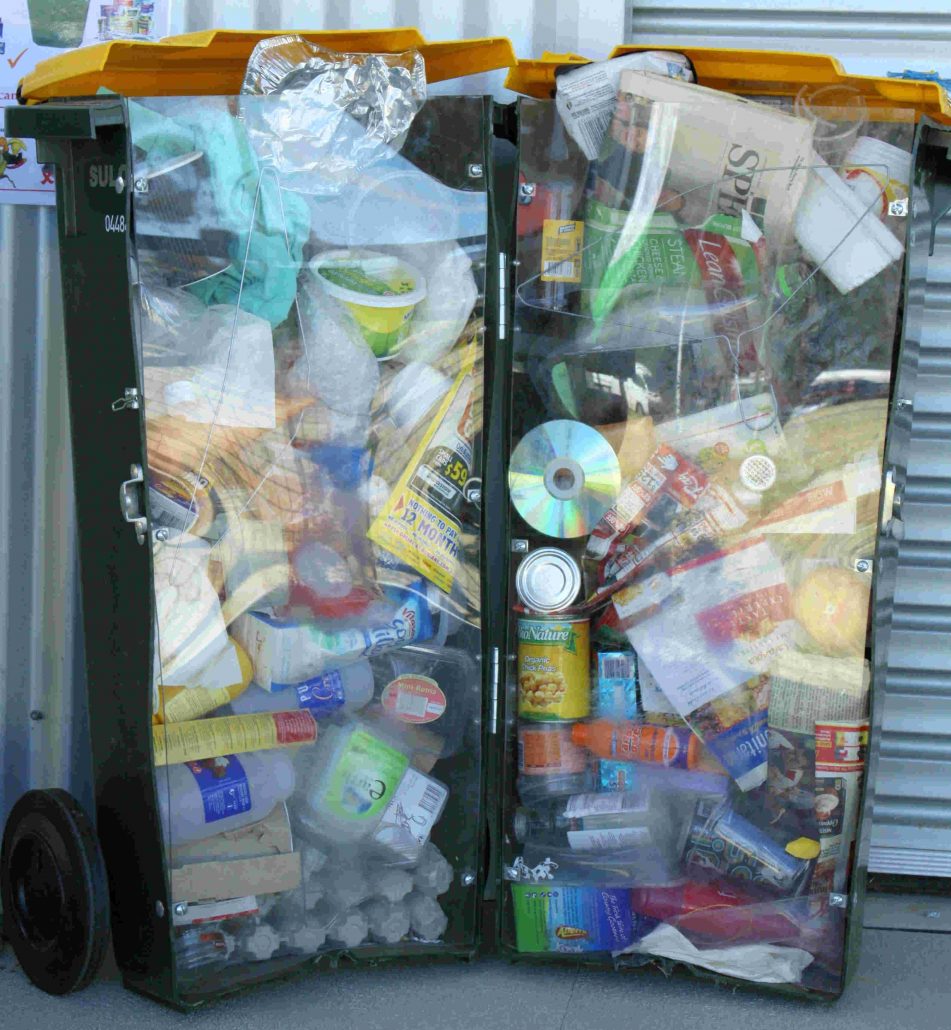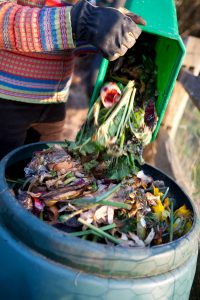Are we going to drown in waste or plan for the future?
Over the last three decades the bin with the yellow lid has become a common sight in the streets of our towns and suburbs. After the introduction of kerbside recycling in the 80’s and 90’s, it took some training but Australian households have become pretty good at separating trash from recoverable materials.
According to the latest national waste report, we generated 64 million tonnes of waste in 2014-15, that’s 2.7 tonnes each! But we did recycle 60% of that.

That means waste streams such as paper, various types of plastic, glass, aluminium and steel aren’t ending up in landfill and recycling produces less greenhouse gas emissions and uses less raw resources.
With the decline of manufacturing and reprocessing industries in Australia, we have been relying more and more on exporting our recyclable material overseas.
Up until last year China was the world’s largest importer of recyclable material, and for the last 10-15 years we have been shipping our recyclable waste there for sorting and reprocessing. In mid 2017 China announced a ban on 24 categories of solid waste to protect their environment and public health.
This has had major repercussions for the recycling industry globally, with prices paid for recyclable material greatly reduced and access to markets diminished. Cheap prices for virgin plastics and metals have also shrunk the margin out of recycling and reprocessing, with the cost of obtaining recyclables often more expensive than buying virgin materials. Some waste streams are even being stockpiled as they are currently unsaleable.
With China no longer buying our reusable material, picking up recycling bins from the roadside is no longer the profitable business it once was.
At this stage there’s no sign of the yellow lidded bin disappearing from our kerbsides but the Australian recycling industry is certainly facing some challenges. But there is also an opportunity here, not only to close the recycling loop by establishing new onshore recycling facilities and developing novel, innovative uses for these waste streams but also to have a national discussion about the waste we generate and how we deal with it.
For more information on what your council does with your recycling and how they plan to limit the landfill visit http://www.midwestern.nsw.gov.au/resident-services/Wastemanagement/.

 Did you know that each year, Australian households generate around 13 million tonnes of organic waste and that about half of that ends up in landfill?
Did you know that each year, Australian households generate around 13 million tonnes of organic waste and that about half of that ends up in landfill?